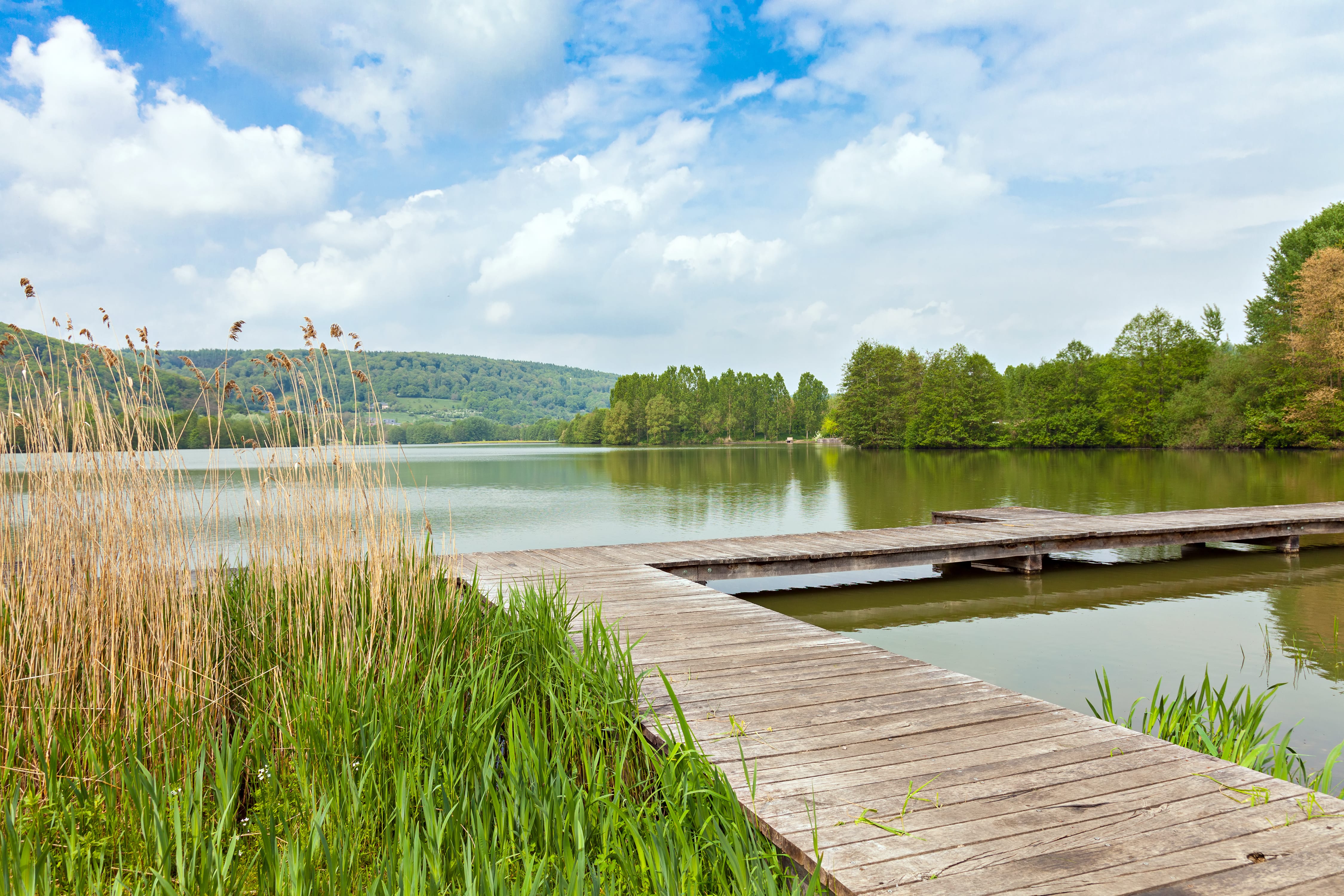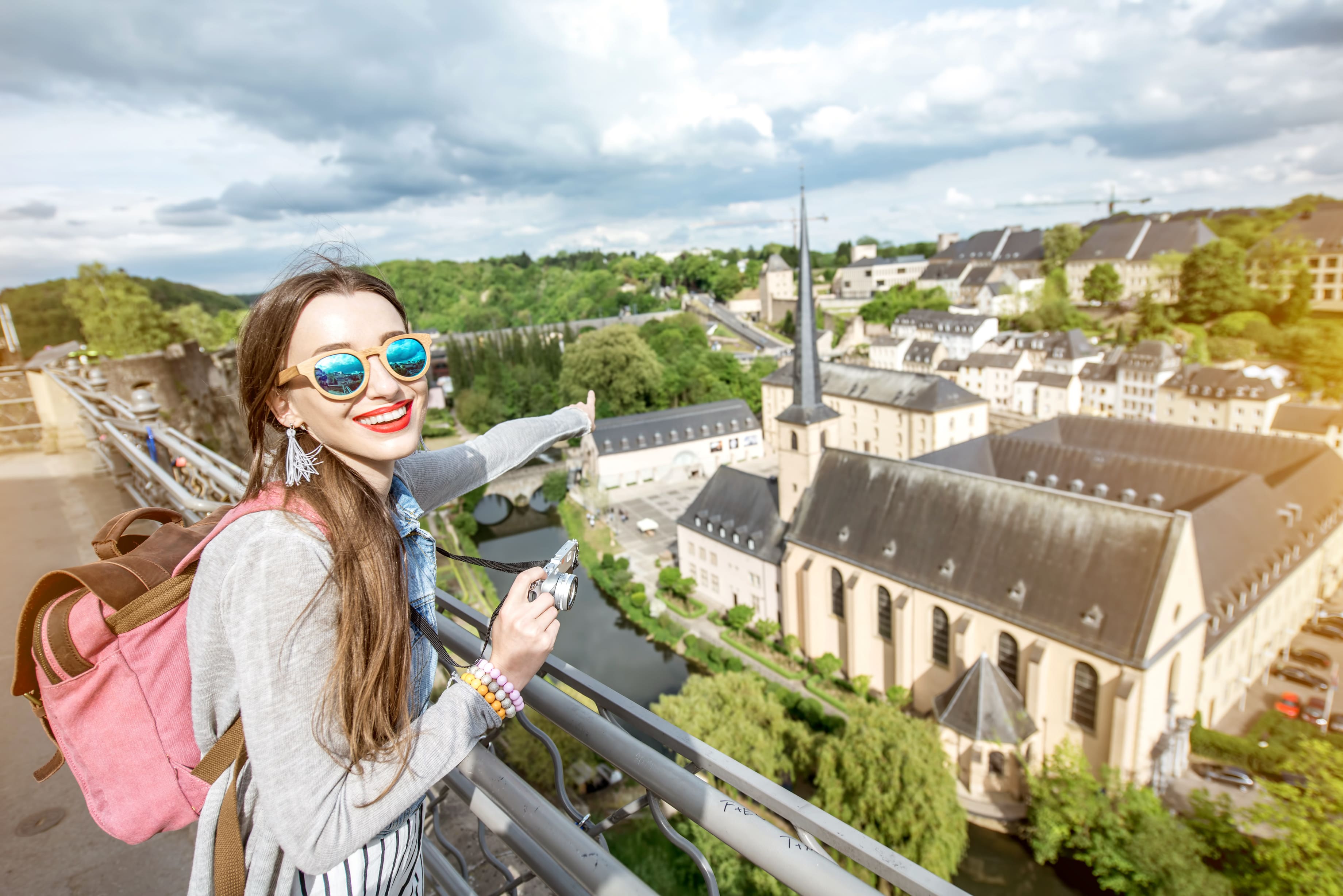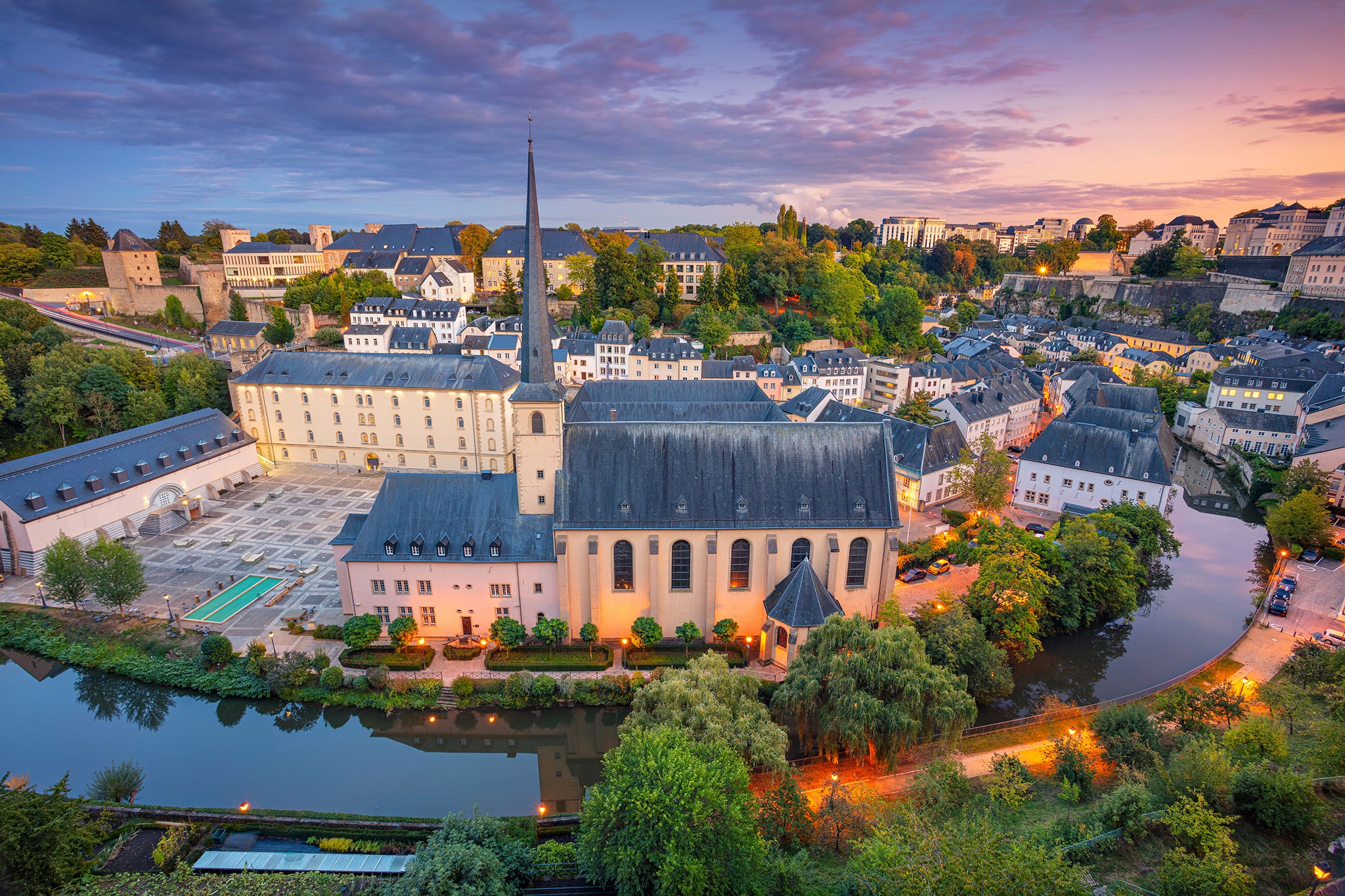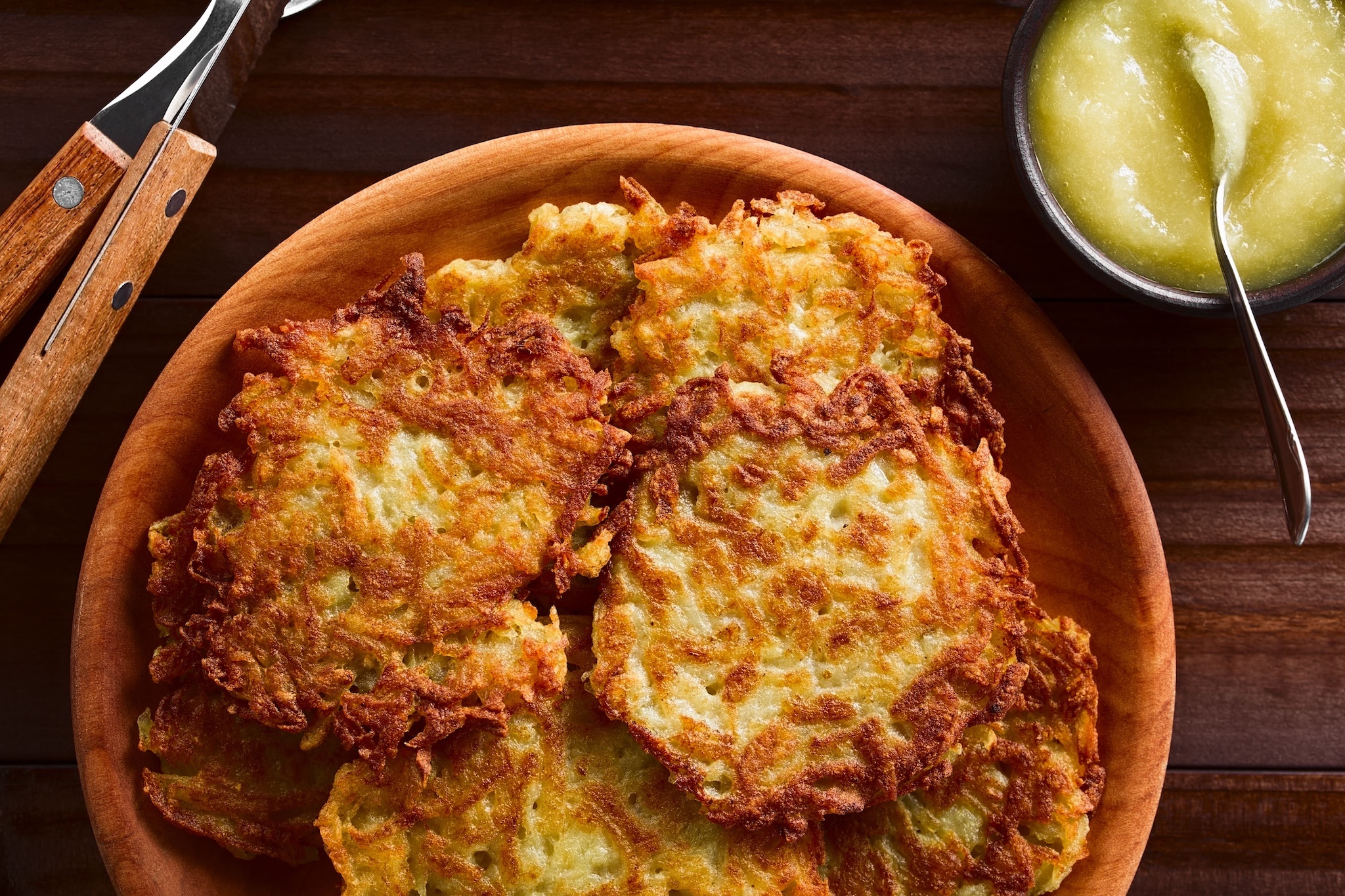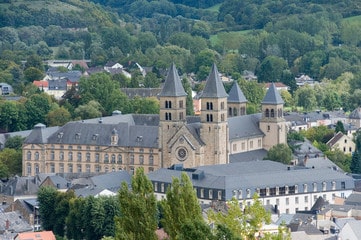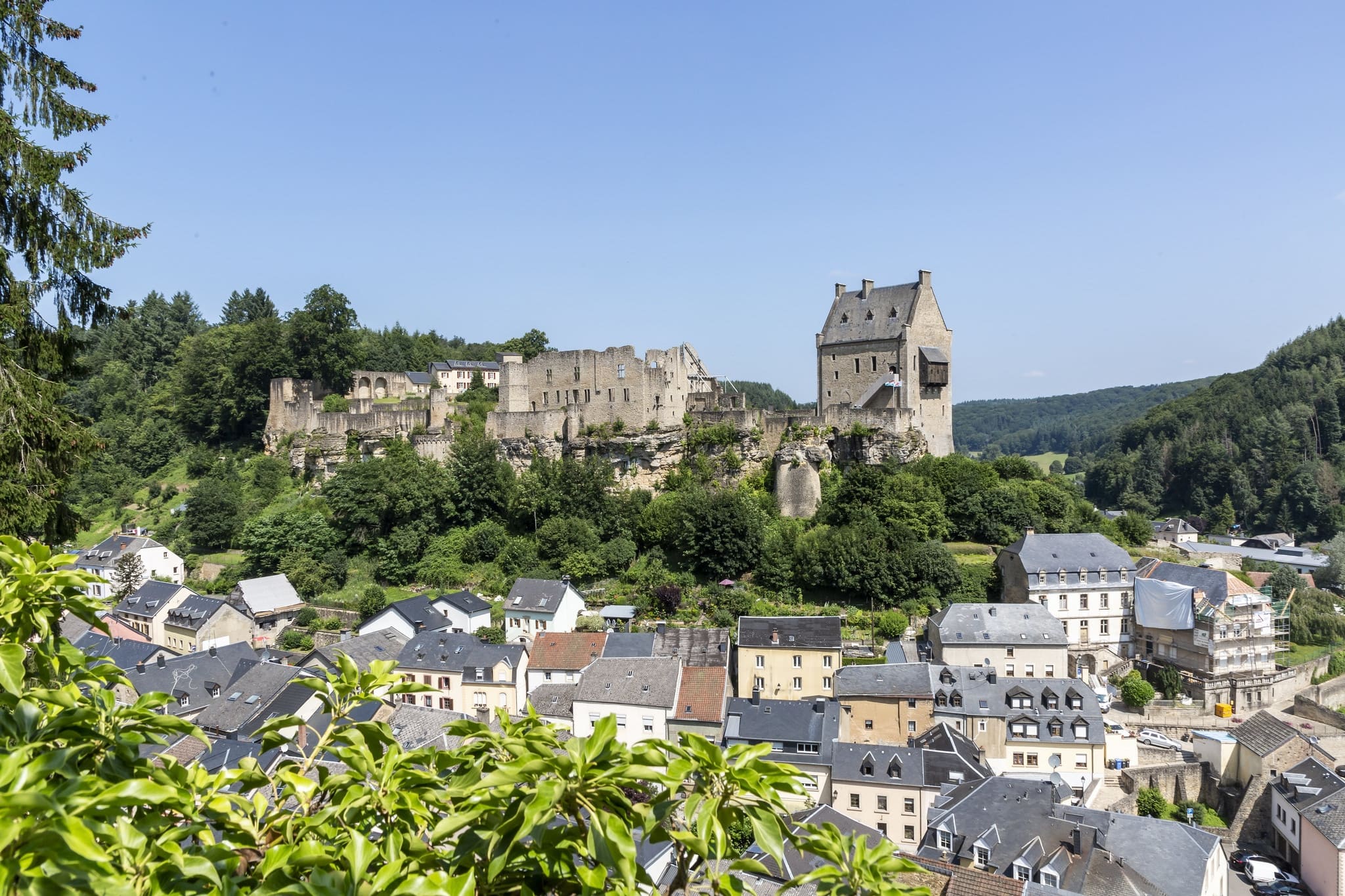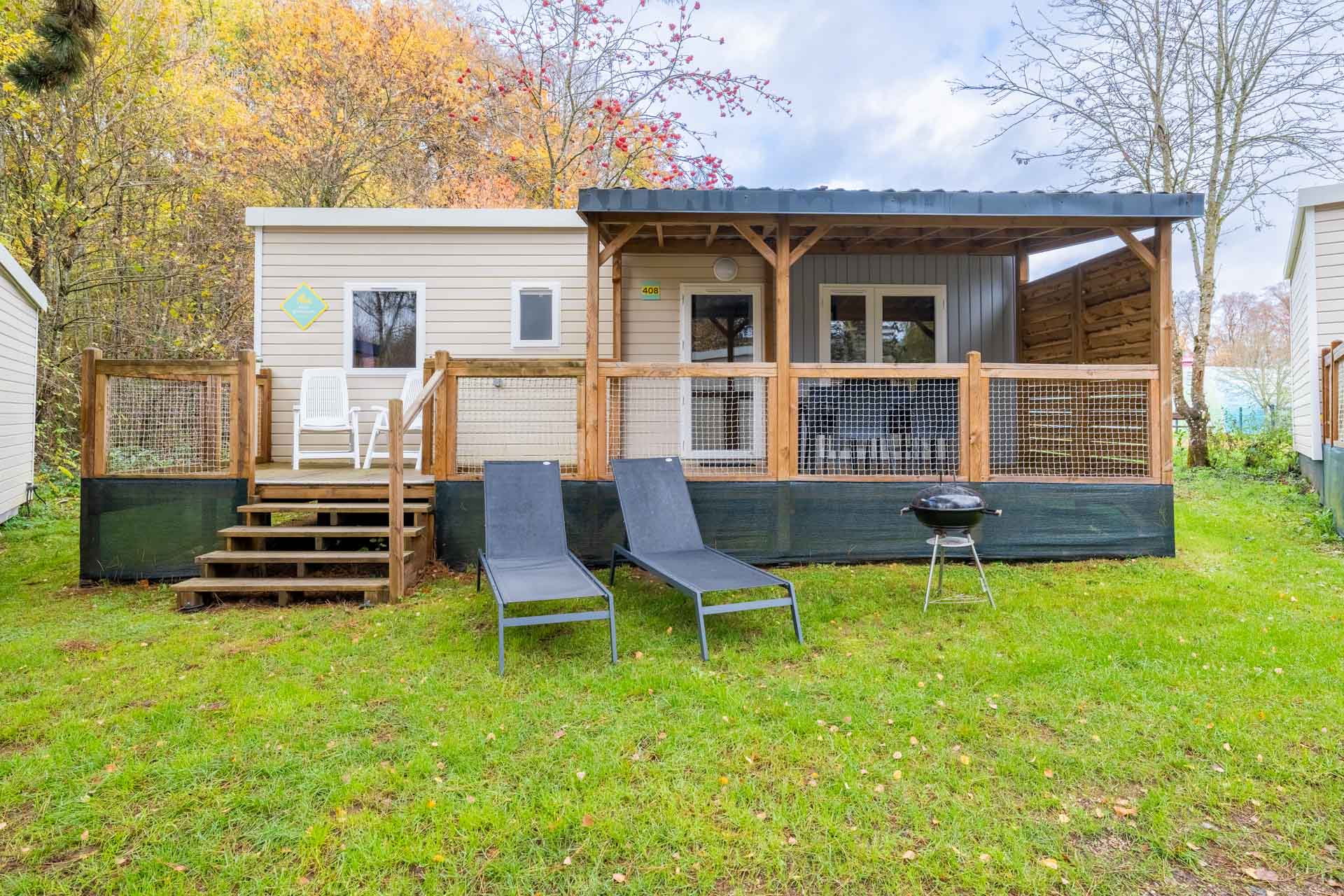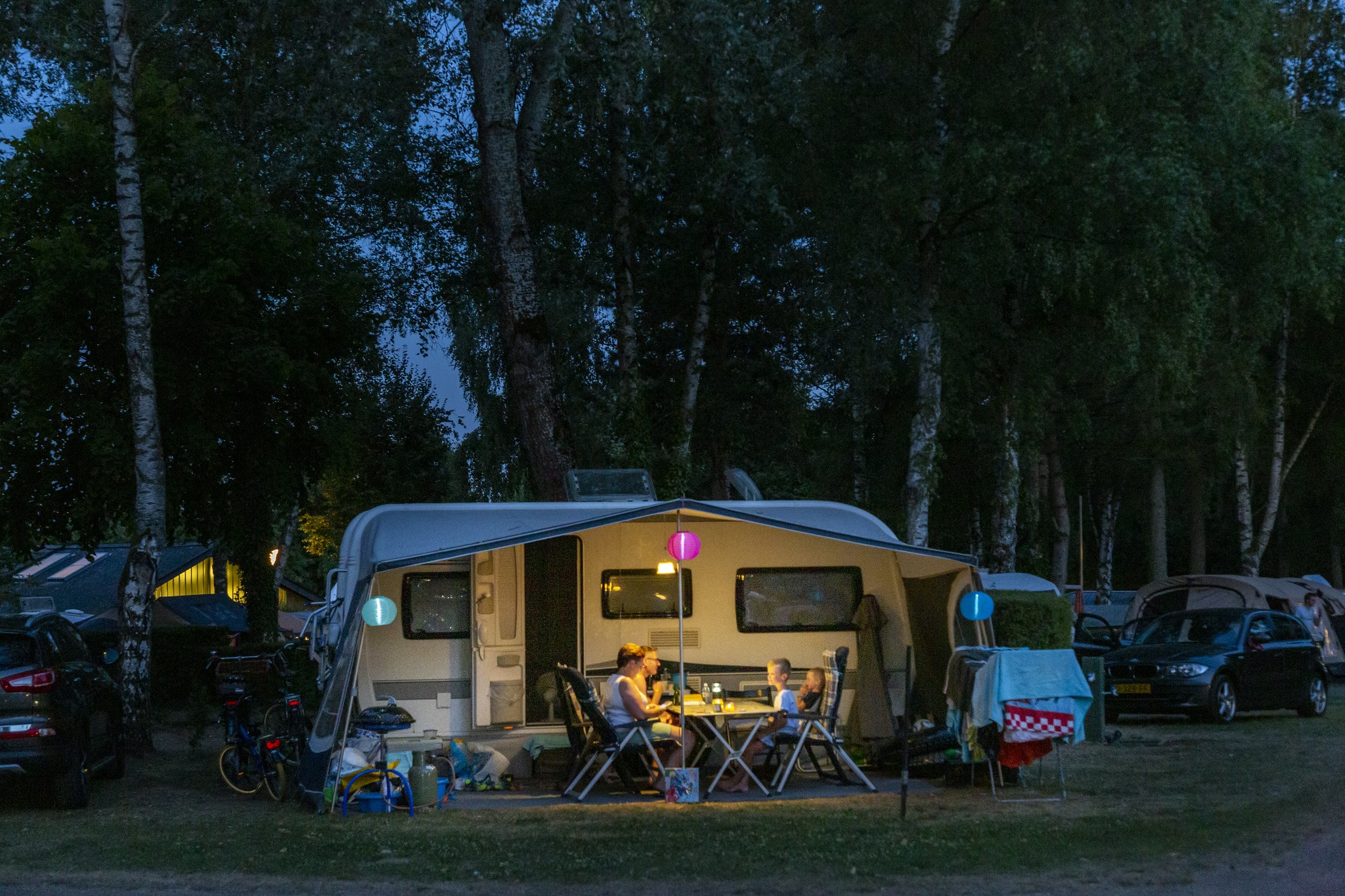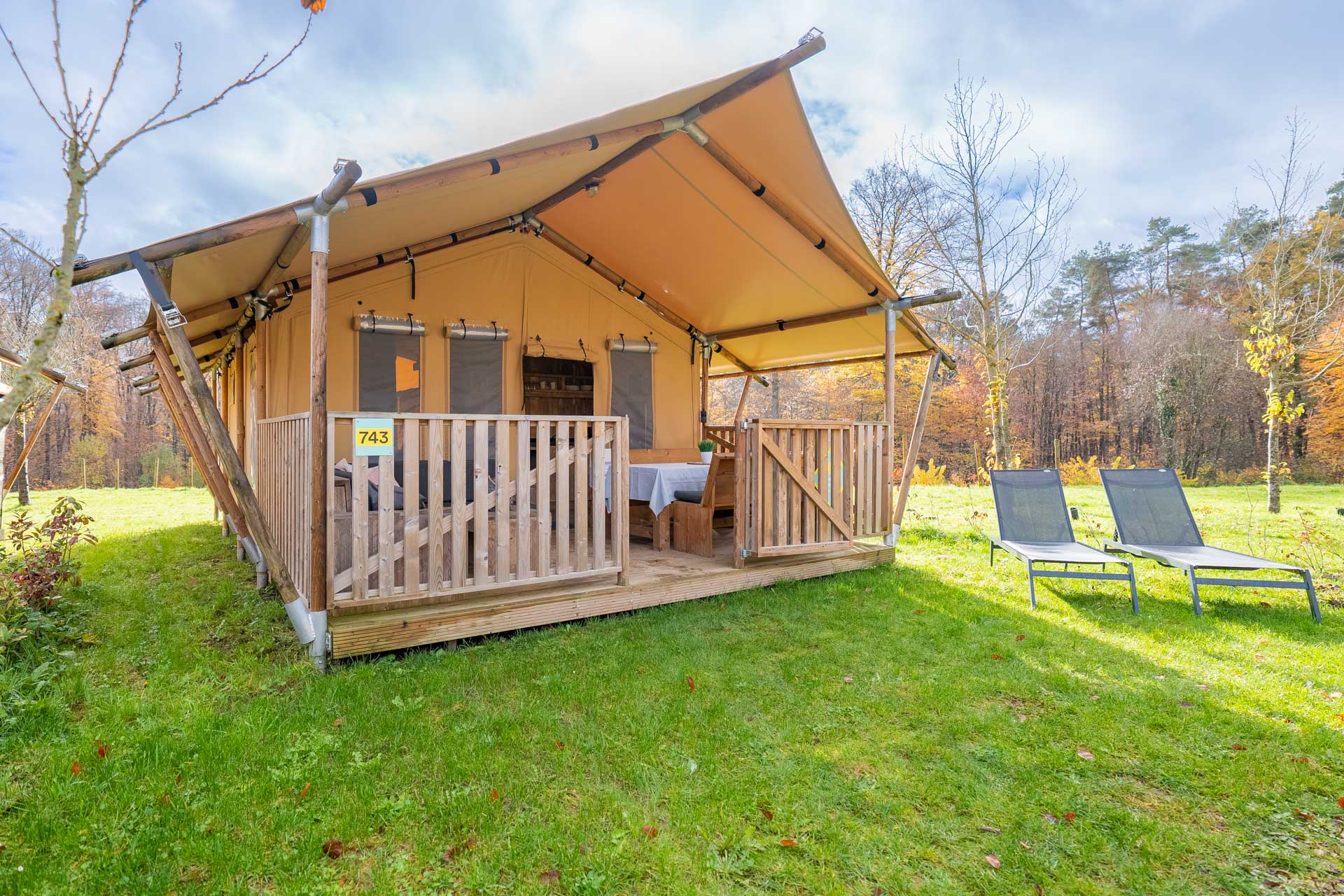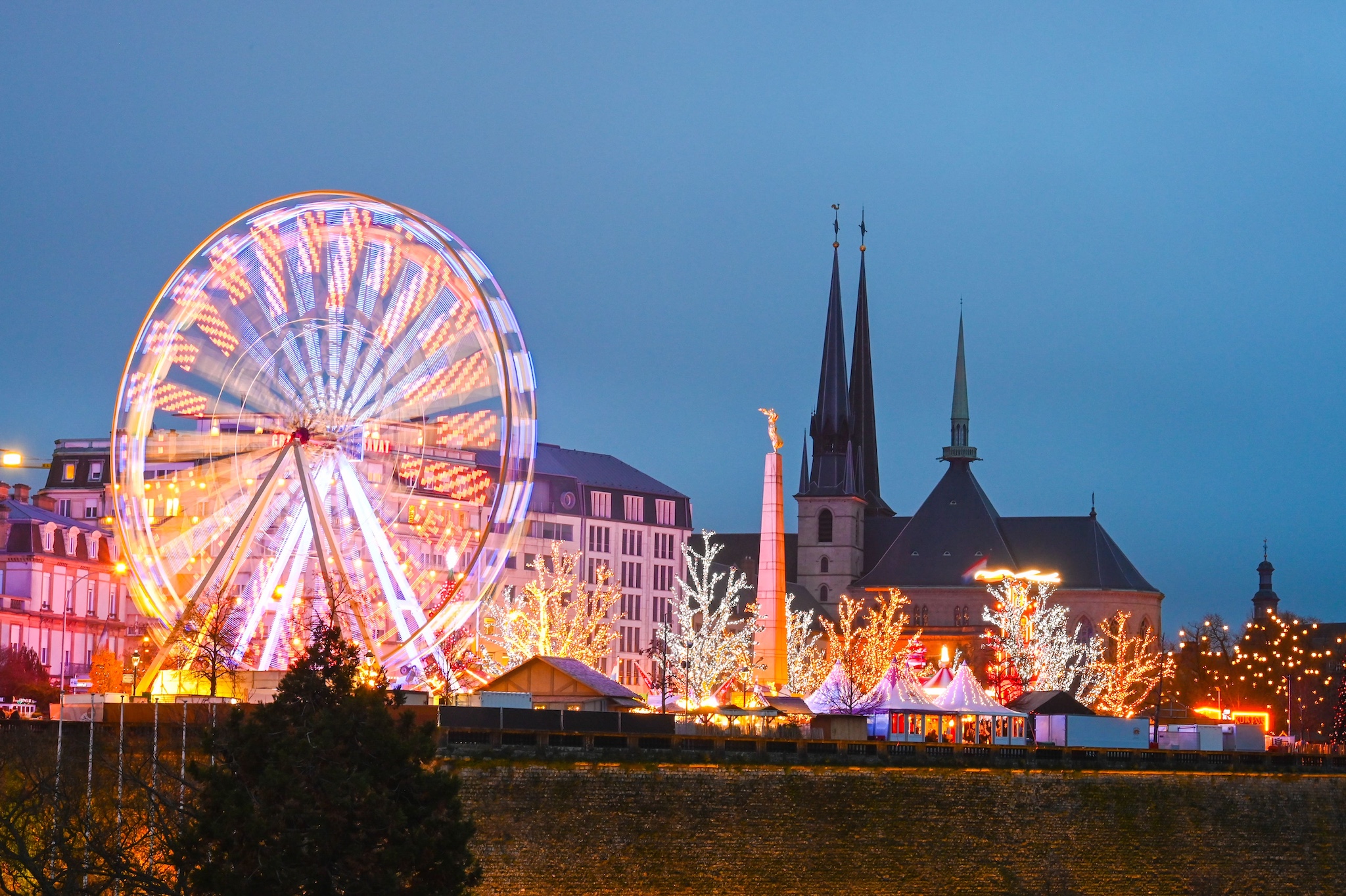
Festive decorations in Luxembourg
At a first glance Luxembourg may seem Serious, formal, detached, but look beyond appearances and you’ll find something else. It only takes a few days to discover that this city has been working for years to nurture art and culture in an area that until fairly recently was exploited for its mineral resources, and to discover that every year with the start of the summer season the city launches an extensive programme of concerts, festivals and events celebrating conviviality.
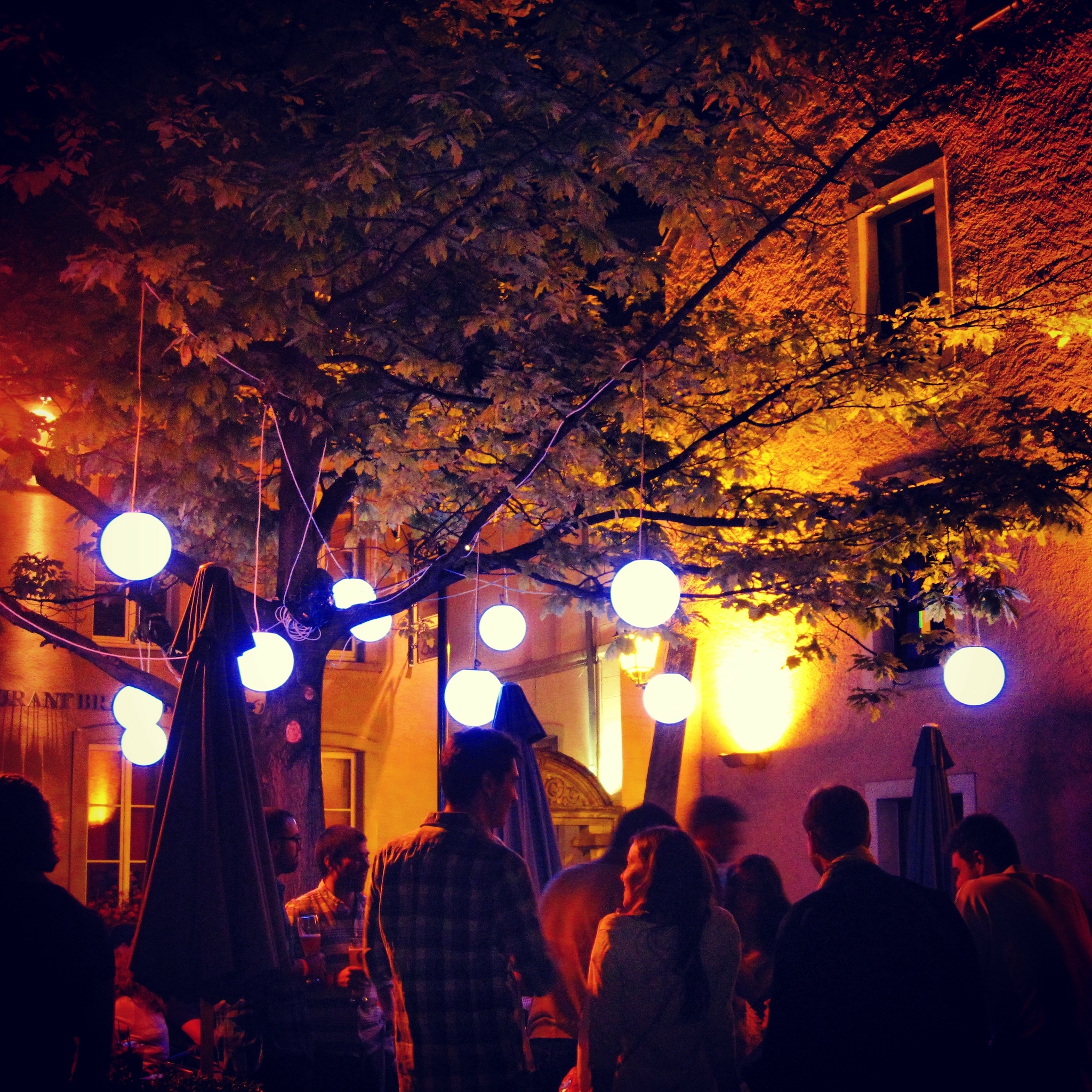
Nightlife in Grund
LUXEMBOURG A CITY THAT LOVES TO PARTY
Luxembourg is a relaxed city, but on Fridays and Saturdays, those in the mood for a late night out can enjoy the evening at Urban City a venue in the city centre located in a lively street full of restaurants. An excellent place for a pub supper and great beer. Alternatively, the pubs at the former brewery Rives de Clausen are another option.
FESTIVALS
On the 22 June, beneath a starry sky, the nation's heart beats proudly on this national holiday to celebrate the birthday of the current Grand Duke. The celebrations culminate in a torchlight procession and a fireworks display; but this only the start of the summer’s festivals. The Festival de Wiltz lights up the town of Wiltz with performances of international calibre. Galleries and streets are adorned with colour and shapes during the Luxembourg Art Week, where contemporary art speaks in languages that challenge time and spirit. The Rock-A-Field Festival is a blast of youthfulness, vibrant with guitar and drum melodies that underline the rhythmic beat of the music. The Fête de la Musique and the Blues’n’Jazz Rallye continue and complete the summer’s live music programme.
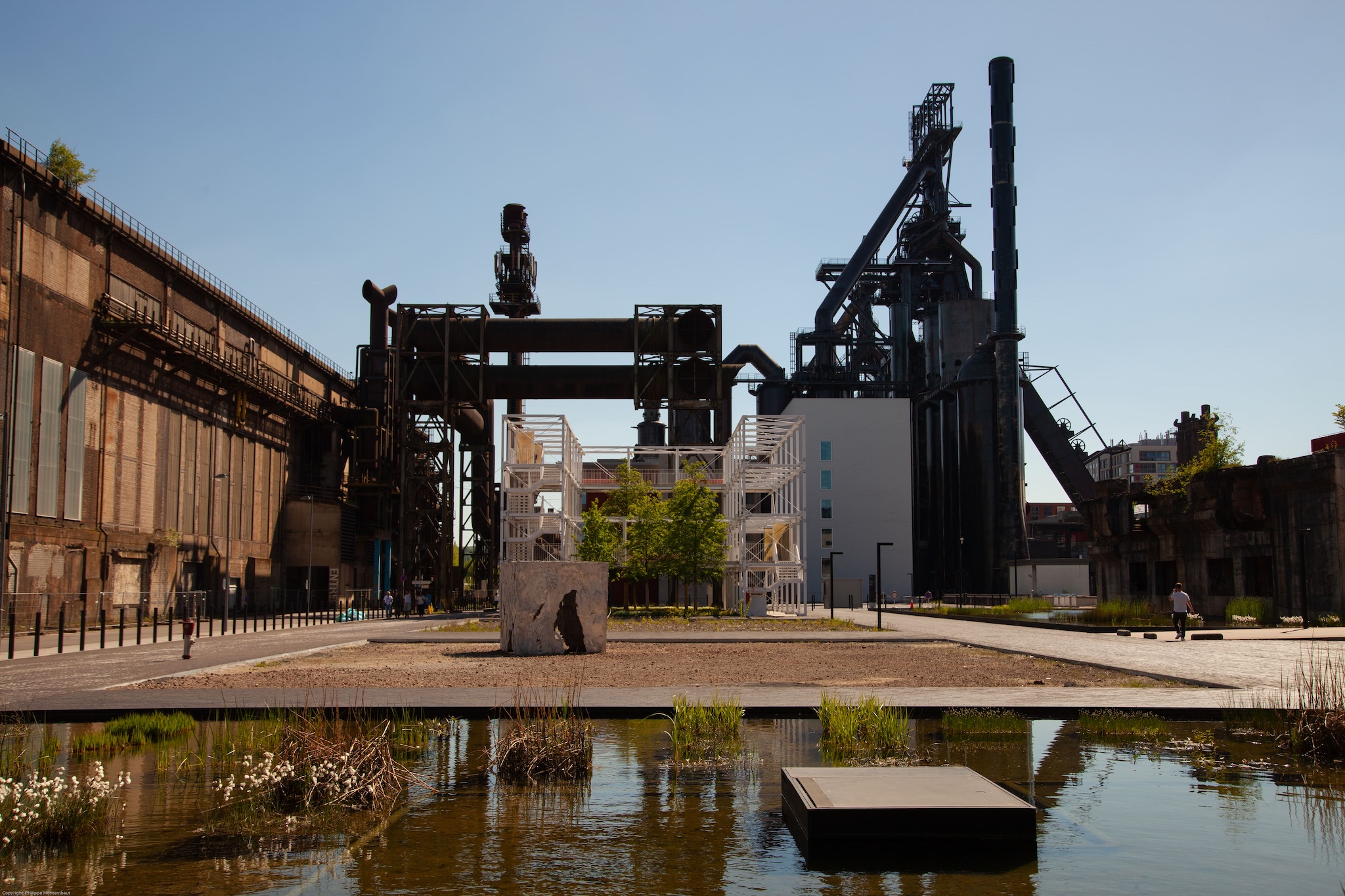
Belval district
FROM MINING TO ART: THE MINETT REGION
The Minett region, in south Luxembourg, has a gritty past linked to the iron industry and now a dynamic present linked to art and music.
Minett: stories of men and steel
The Minett Park in Fond-de-Gras in south Luxembourg is an invitation to visitors to discover the mining history at the heart of the country. The most evocative way to enjoy the park is to board the Train 1900, a steam locomotive that runs along the old train tracks passing through woods and hills as far as Pétange, offering a travel experience from a bygone era. For an even more immersive experience, the Minièresbunn railway line runs for 4 km from Fond-de-Gras to Saulnes, passing through Lasauvage and a underground section that once teemed with working miners. In the surrounding area, the former open-cast mine Giele Botter is now a nature reserve of striking colours, while the village of Lasauvage and the Titelberg, an ancient Celtic oppidum, complete an itinerary that blends nature with industrial history.
The rebirth of Esch-sur-Alzette
Esch-sur-Alzette, Luxembourg's second largest city, is undergoing a transformation from industrial hub to cultural phenomena, exemplary of this dramatic change are the two historic blast furnaces in the Belval district, now at the centre of a remarkable urban redevelopment process. The area is also home to the University of Luxembourg’s futuristic campus and the country’s largest concert hall
Rockhal that overlooks the striking Avenue du Rock'n'Roll. Take a tour of the area, but don’t miss the sci-fi styled train station and taking a break at one of the excellent cafés.
Discover the mines
Just outside the town centre, the historic Cockerill Mine has been at the centre of a conversion project, transforming it into a museum showcasing the territory's mining activity, while the immersive Rumelange National Mining Museum (MNM) is only a short distance away, on the site of the former Walert mine.
Dudelange
Dudelange, Luxembourg's ‘southern forge’, combines industrial heritage, culture and nature. The former NeiSchmelz industrial district is home to VEWA a multifunctional space dedicated to artists and craftsmen, the Centre National de l’Audiovisuel (CNA), an urban garden and the brasserie Kantin where an excellent range of beers is on offer. Visit the Municipal Museum and the Église Saint Martin with its splendid interiors or climb up Mont SaintJean to the panoramic tower with views stretching over the Alzette Valley or plunge into the green of the Haard Nature Reserve. The musical events between May and June are also worthwhile, including Like a Jazz Machine, Usina and the Fête de la Musique.


